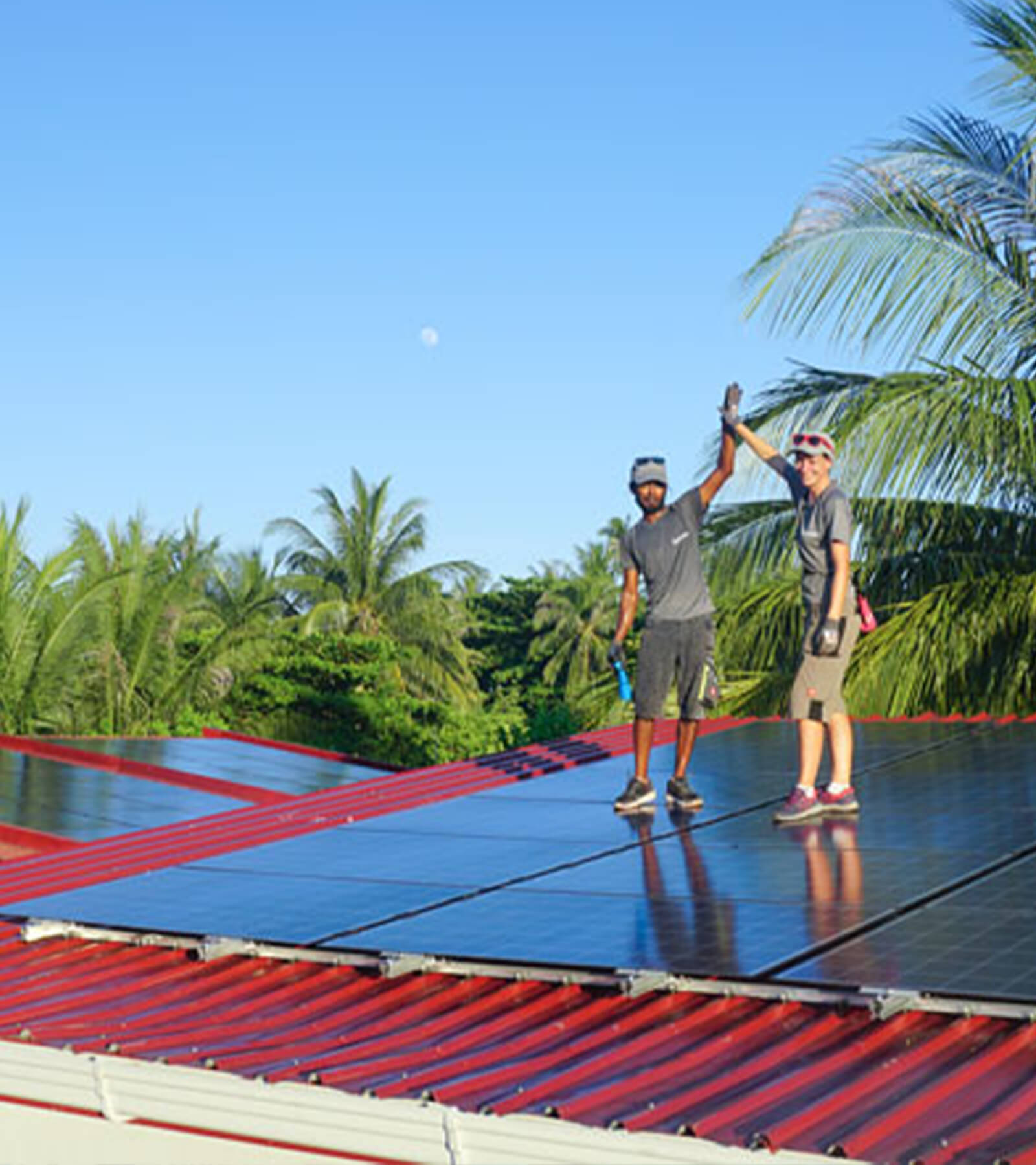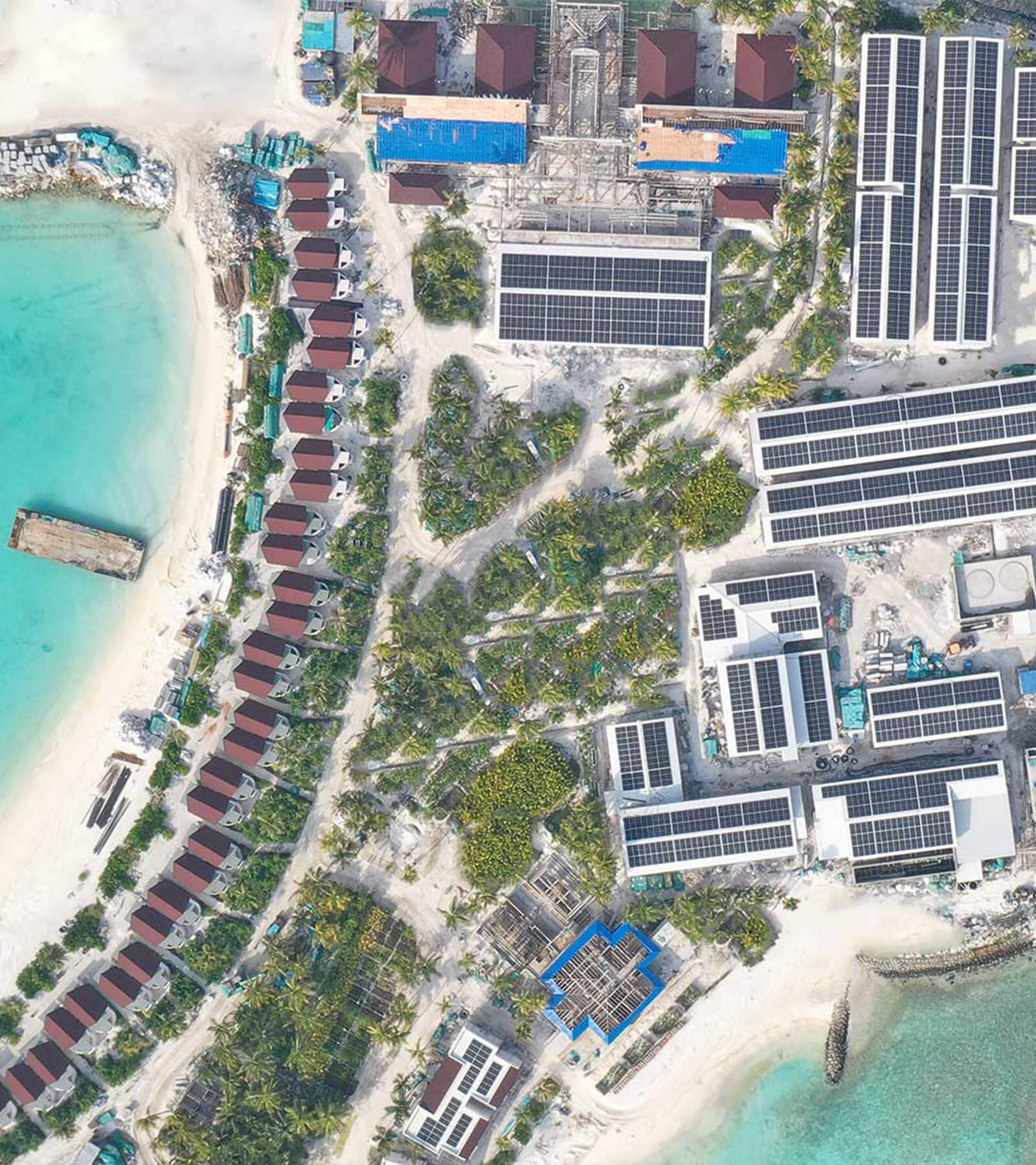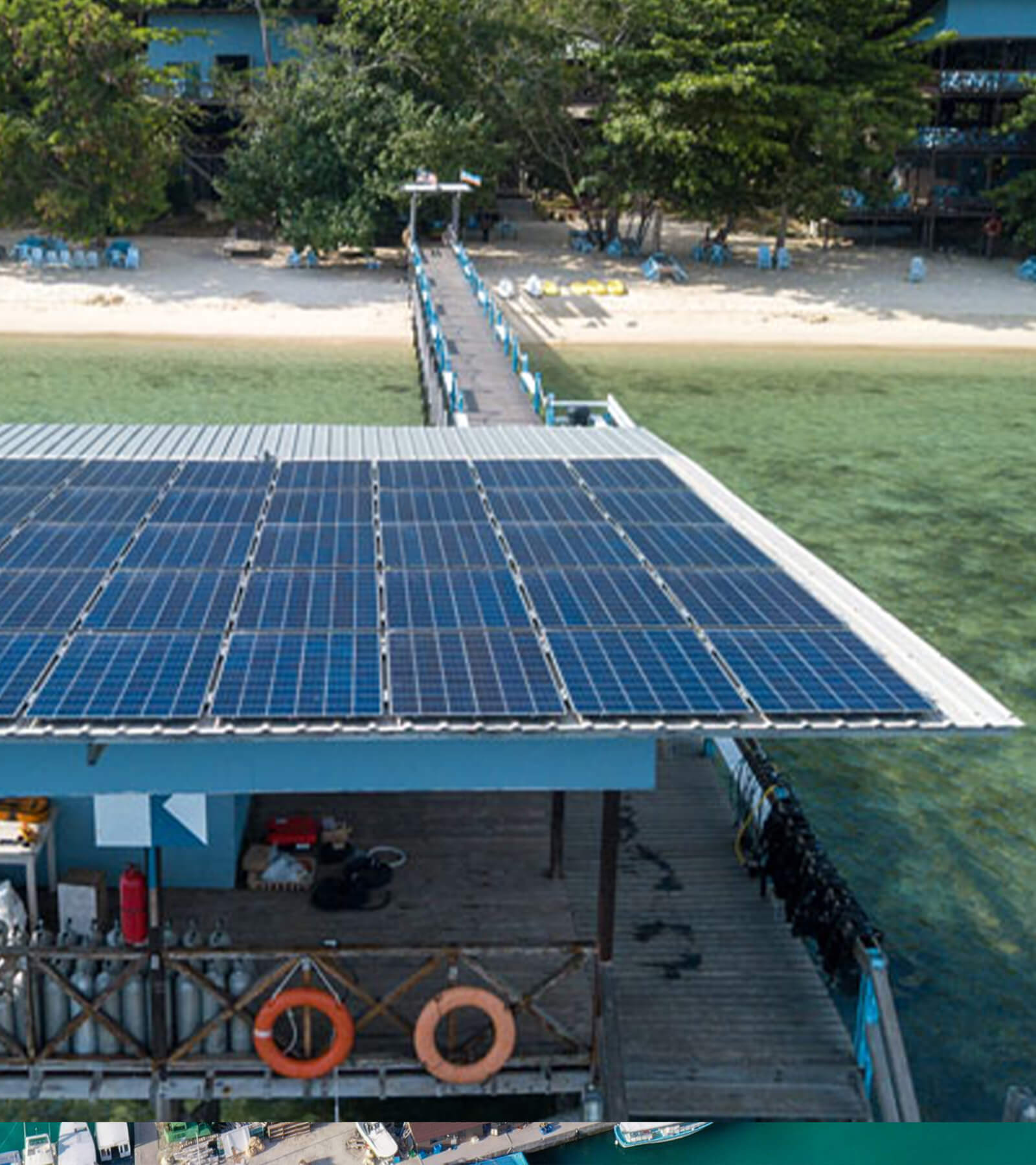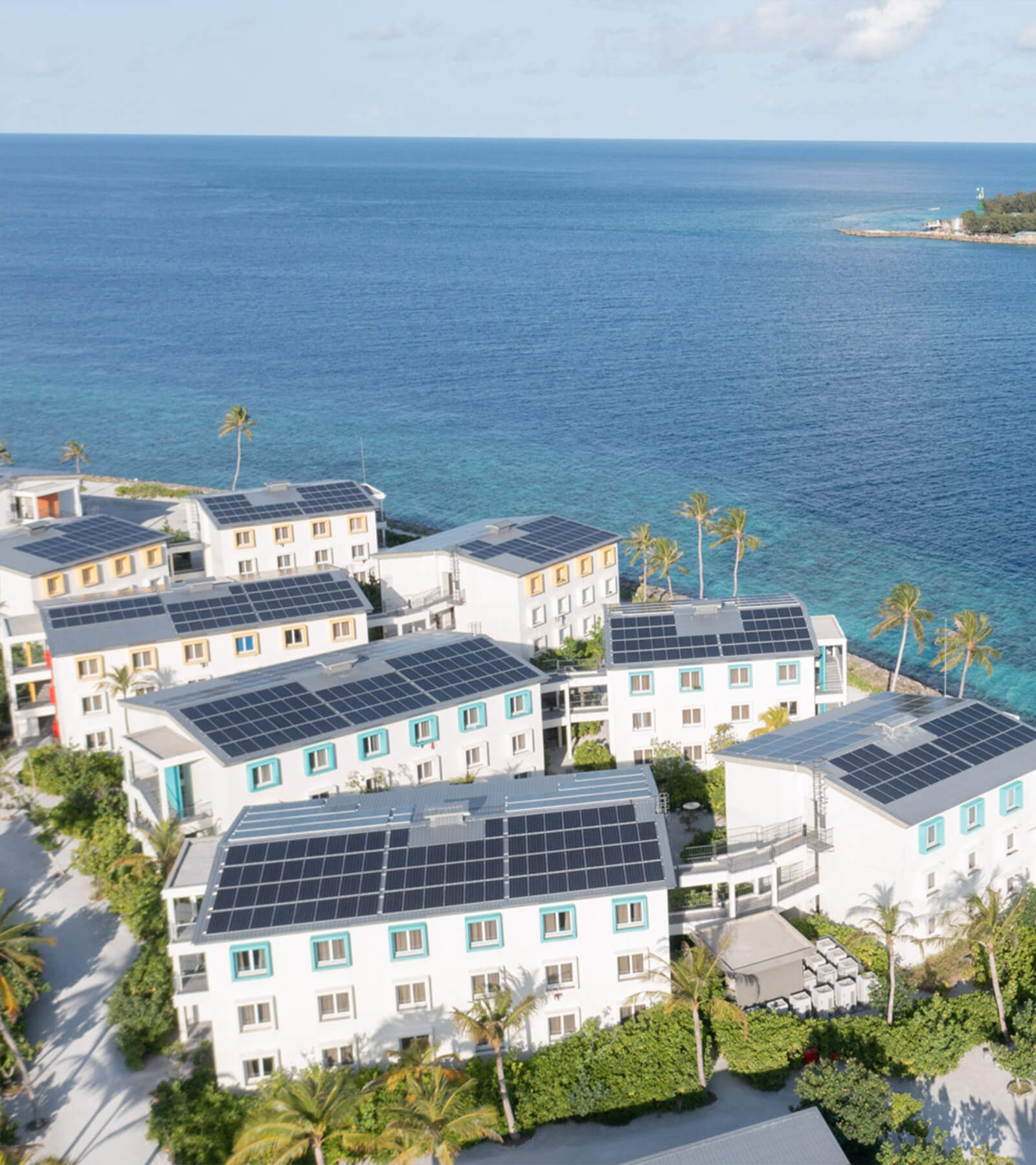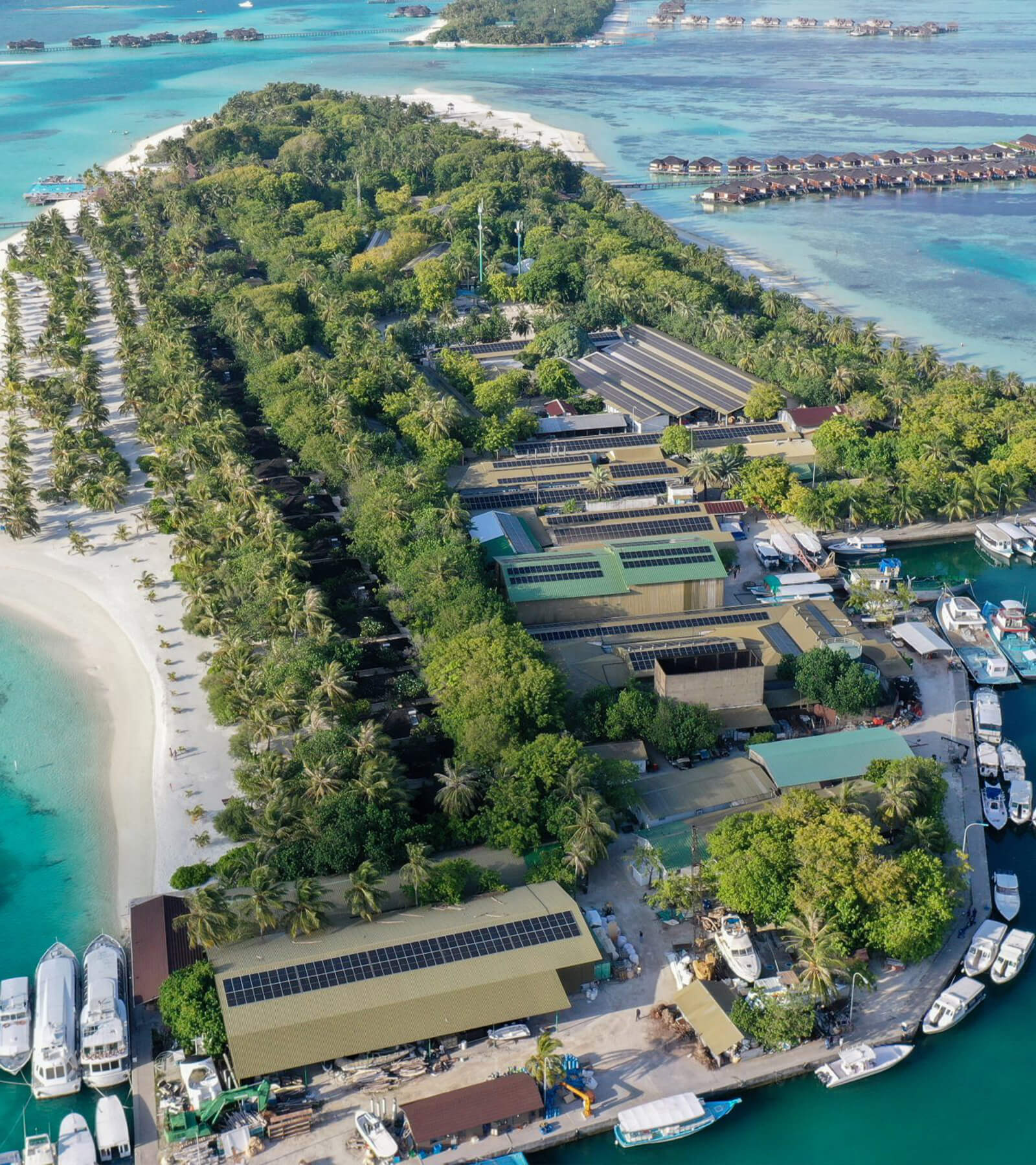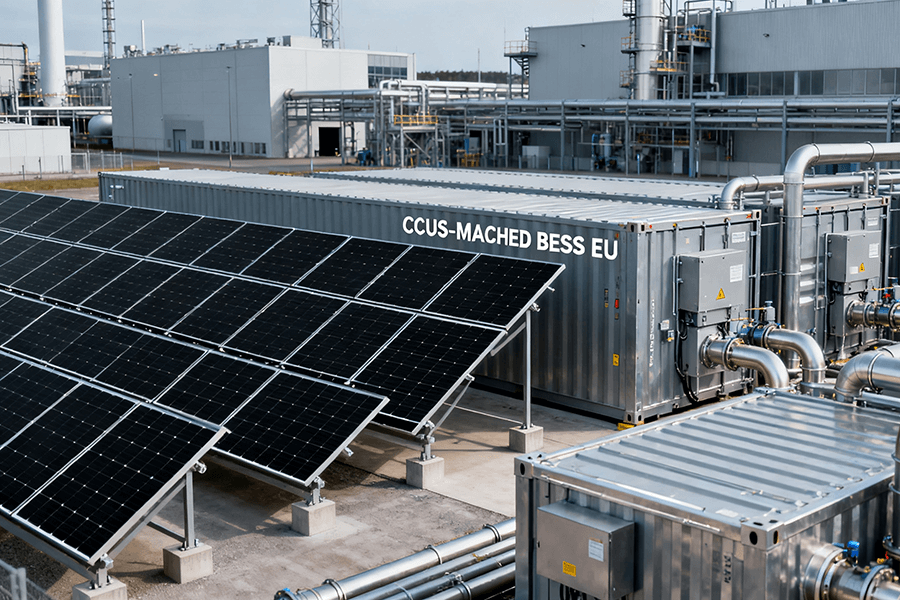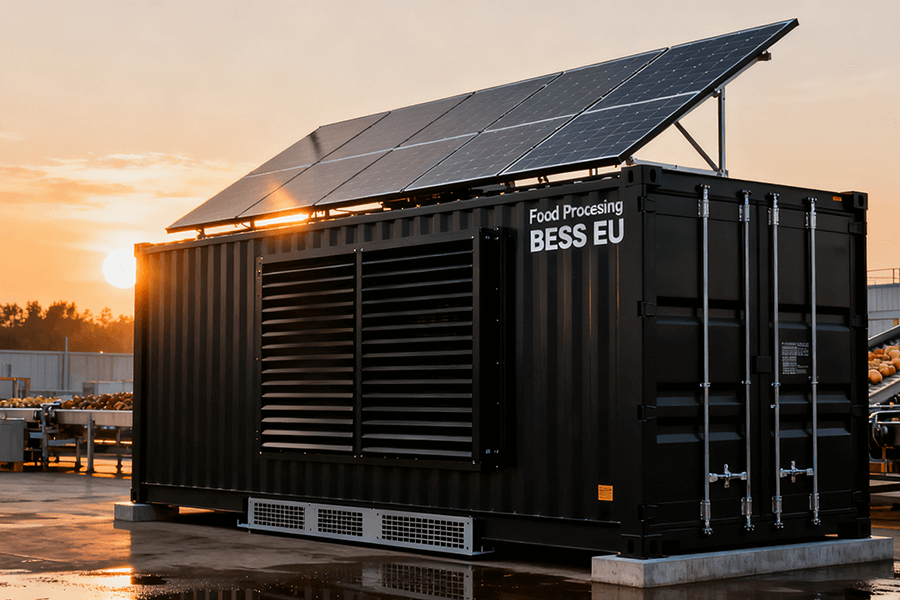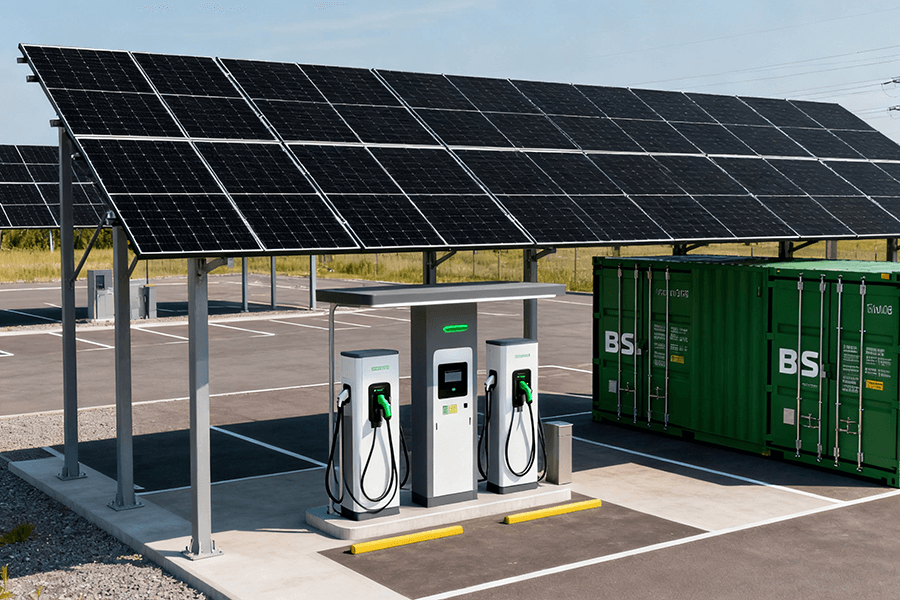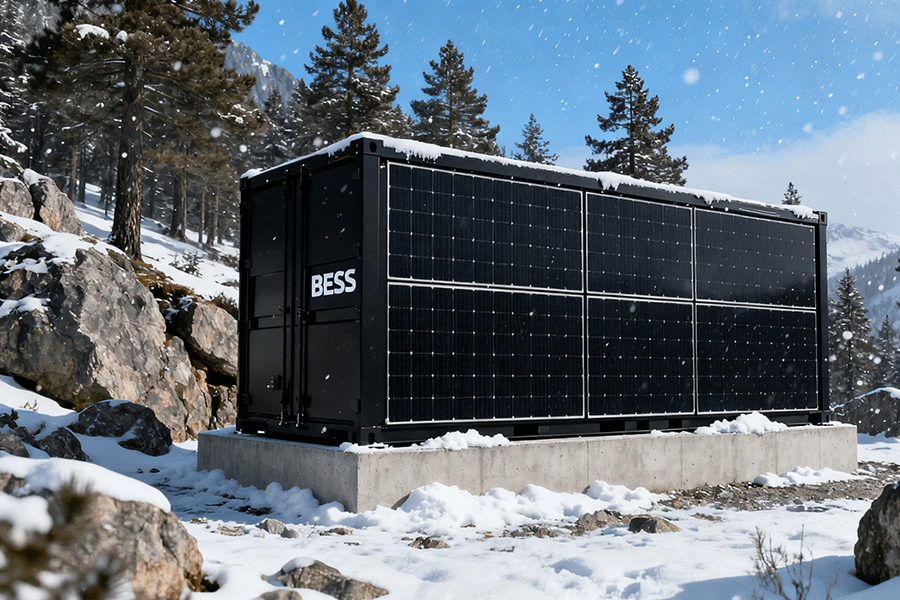Solar Panels Cost for Commercial Buildings. As a one-stop solar solution provider, Maxbo is committed to helping European commercial customers improve energy efficiency through solar systems. Whether you want to reduce operating costs or meet environmental requirements, solar energy can provide significant benefits. This article will take a deep dive into the types of solar panels commonly used in commercial buildings, their costs, and how to evaluate installation costs to help you make an informed choice.
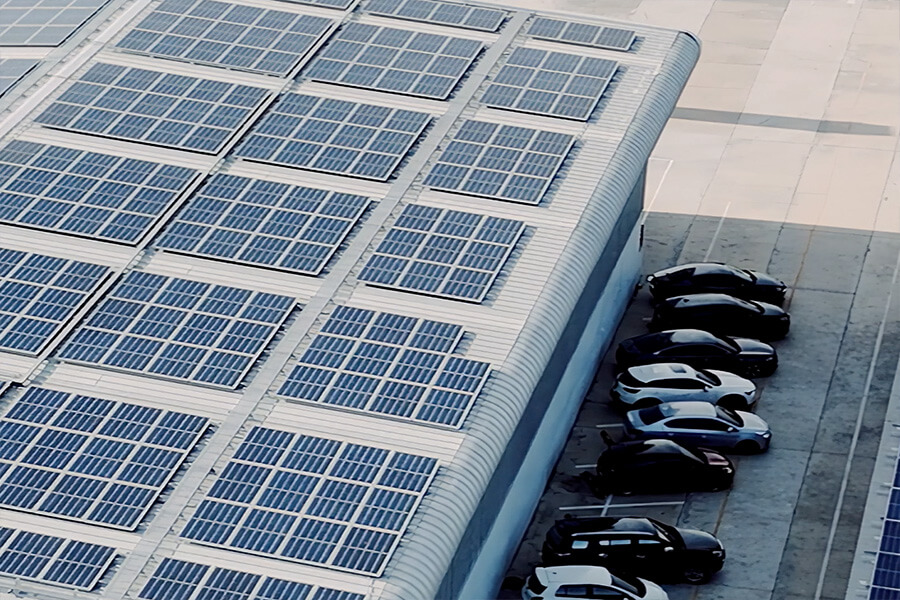
Common Types of Solar Panels and Installation Methods for Commercial Buildings
In the solar energy system of commercial buildings, choosing the right solar panel is very important. Different types of solar panels adapt to different building designs and usage requirements. Here are several common types of solar panels currently on the European market and their applications in commercial buildings.
Monocrystalline Silicon Solar Panels
Monocrystalline silicon solar panels are the most commonly used type of solar panels in commercial buildings. These panels have high efficiency and can provide greater power output for buildings. Monocrystalline silicon panels usually have an efficiency of between 18% and 22%, which is suitable for installation on roofs with limited space or where higher efficiency is required.
Applicable building parts: roofs (especially flat roofs or roofs with appropriate tilt angles).
Installation: Panels are usually mounted on the roof using fixed brackets, with bracket angles and panel orientation optimized based on the building’s geographic location and sunlight exposure angle.
Flexible Solar Panels
Flexible solar panels are suitable for commercial buildings with irregular or curved structures because of their lightness and adaptability. The flexibility of this panel makes it well suited to curved roofs or other special building designs.
Applicable building parts: curved roofs, non-standard building exterior walls, or places where lightweight installation is required.
Installation: Flexible solar panels are usually fixed to the surface of the building by gluing or clamping, and can be installed on roofs, walls, or even glass curtain walls.
Bifacial Solar Panels
Bifacial solar panels can use sunlight from both sides of the panel to improve energy collection efficiency. For commercial buildings, if there is a reflective surface under the roof (such as a white roof or ground), bifacial solar panels will be an ideal choice. It can increase energy output and is suitable for areas with abundant sunlight or strong reflected light.
Applicable building parts: large roofs, roofs in open areas, especially suitable for those with strong light reflection.
Installation method: Use brackets to mount the panels on the roof, ensuring that the back of the panels can also get good light.
Transparent Solar Panels
Transparent solar panels are an emerging technology that can be integrated into architectural design, especially for modern buildings or areas that require a lot of natural light. They can let light in like windows while absorbing sunlight and converting it into electricity. Although transparent solar panels are less efficient, they have unique advantages in some commercial buildings.
Applicable building parts: glass curtain walls, windows or transparent parts of buildings.
Installation method: Transparent solar panels can be embedded in windows or walls as part of the building, which not only meets the architectural aesthetic requirements but also has the function of generating electricity.
Commercial Building Solar Panel Installation Cost
In Europe, the installation cost of commercial building solar systems varies depending on the type of solar panels, system size, installation complexity and local market differences. The following is an estimate of the cost of installing different solar systems.
Initial Installation Cost
The installation cost of solar panels depends mainly on the type of panels selected and the size of the system. For commercial buildings, the system size is usually 50 kW to 200 kW, and the installation cost is about €500 to €800 per kilowatt, depending on the type of solar panels configured. For example, a 100 kW system costs about €50,000 to €80,000, depending on the solar panel brand selected and the installation requirements.
Operation and Maintenance Costs
The operating costs of commercial solar systems are relatively low. Maintenance mainly includes cleaning of solar panels, replacement of inverters (every 10-15 years) and system monitoring. These costs are about €1,000 to €3,000 per year.
Government Incentives and Tax Benefits
In Europe, many countries provide incentives for installing solar systems, including tax breaks and government subsidies. Through these incentives, companies can reduce initial investment costs by 30% to 40%.
How to Evaluate the Cost of Installing Solar Panels on a Commercial Building
To evaluate the cost of installing solar panels on a commercial building, you can follow these steps:
Determine Energy Needs
First, find out how much electricity your building uses annually. For example, let’s say you use 100,000 kWh of electricity per year.
Calculate the Size of the System Required
Find out how much solar system your building will need to meet the demand. Generally, each kilowatt of solar system generates 1,000 to 1,400 kWh per year (depending on the location and the efficiency of the equipment). If your building uses 100,000 kWh per year, the size of the system you need is approximately:
System Size Required = 100,000 kWh / 1,200 kWh/kW = 83.33 kW
This means you will need to install a solar system of approximately 83.33 kW.
Estimate Installation Costs
Based on an installation cost of €700 per kW, the total system cost is:
Installation cost = 83.33 kW × €700 = €58,331
This cost will vary depending on your specific needs.
Consider Other Costs
In addition to the cost of the panels themselves, you also need to consider the cost of the inverter, mounting, energy storage system (if selected), and installation. These costs may increase the initial investment cost.
Alternative Energy Options for Solar Systems
While solar is one of the most popular renewable energy options for commercial buildings, there are other alternative energy sources you can consider to meet your building needs:
Wind Energy
If your building is located in an area with strong winds, installing a wind turbine may be an option worth considering. Wind energy is a renewable energy source, but it requires a large space and relies on consistent wind speeds.
Geothermal Energy
Geothermal energy is commonly used for heating and air conditioning, and is particularly suitable for commercial buildings located in geothermally active areas. It requires a higher initial investment, but can significantly reduce a building’s energy bills in the long run.
Natural Gas
Natural gas is a traditional energy option that is still widely used in many commercial buildings, although it is not renewable. Natural gas has a higher carbon footprint compared to solar energy, but it is still a viable option for some buildings that are not suitable for solar energy.
Points to Note When Purchasing Solar Panels
When purchasing solar panels for commercial buildings, the following points are crucial:
Brand Selection
Choose brands like Maxbo, Trina Solar, JA Solar, etc., which have a good reputation in the market and provide efficient and durable solar products.
Supplier Qualifications
Choose suppliers with good reputation and certification. Make sure they have proper installation experience and after-sales service guarantees.
Power Requirements and Estimated Capacity
When choosing a solar system, work closely with the supplier to design the system size according to your specific power needs. The system capacity should be slightly higher than your actual needs to cope with weather changes and system aging.
Installation Method and Efficiency
Make sure the installation company has rich experience and can complete the installation efficiently and safely on the building roof or other installation locations.
When choosing the solar panels that are suitable for you, Maxbo provides a one-stop solar energy solution to ensure that all links from planning and design to installation and commissioning can be completed efficiently and professionally.
Targeted Data and Insights for European Market
In 2023, the European solar market experienced significant growth, with commercial solar installations accounting for nearly 30% of the total solar capacity added. As governments push for a more sustainable future, incentives and subsidies for solar systems have made it easier for businesses to invest in renewable energy. Some key statistics to keep in mind when evaluating the feasibility of solar panel installation on commercial buildings:
-
Average ROI for Solar Systems in Europe:
The average return on investment (ROI) for solar systems in Europe is around 5-7 years, depending on the country and specific energy prices in the region. In southern European countries like Spain and Italy, higher sunlight hours contribute to a quicker ROI, while northern countries may experience slightly longer payback periods. -
Energy Savings:
Commercial solar systems typically offset 60-80% of a building’s annual energy consumption. For example, a 100 kW system in a building using 120,000 kWh annually could save up to 80,000 kWh per year, resulting in significant reductions in electricity bills. -
Long-Term Sustainability:
Solar panels have an average lifespan of 25-30 years, ensuring long-term energy production with minimal maintenance. Over this period, a commercial building can reduce its carbon footprint by several hundred tons of CO₂. -
Cost of Solar Panels in 2023:
The average cost for installing a 100 kW commercial solar system in Europe is between €70,000 to €100,000, depending on the type of solar panels chosen, location, and system complexity. However, subsidies and incentives can reduce these upfront costs by up to 40%. -
Energy Production vs. Consumption:
For regions with higher sunlight exposure (e.g., Southern Spain), commercial solar systems can generate more energy than a building consumes, allowing the excess power to be sold back to the grid. This can offset initial installation costs further and generate an additional revenue stream.
Conclusion
Solar energy is becoming an increasingly popular choice for commercial buildings across Europe due to its cost-effectiveness, energy efficiency, and long-term sustainability.
Maxbo offers tailored solutions that can help your business reduce energy costs and meet environmental targets with minimal upfront investment, especially with government incentives in place.
With a typical payback period of 5-7 years, commercial solar installations not only lower electricity bills but also provide significant benefits in terms of energy independence and carbon footprint reduction. As the market continues to grow, solar energy remains a smart and financially viable solution for forward-thinking businesses.
For more information on how Maxbo can assist with your solar installation needs, feel free to contact us. Let us help you take the first step towards a greener, more sustainable future.
Email: [email protected]

